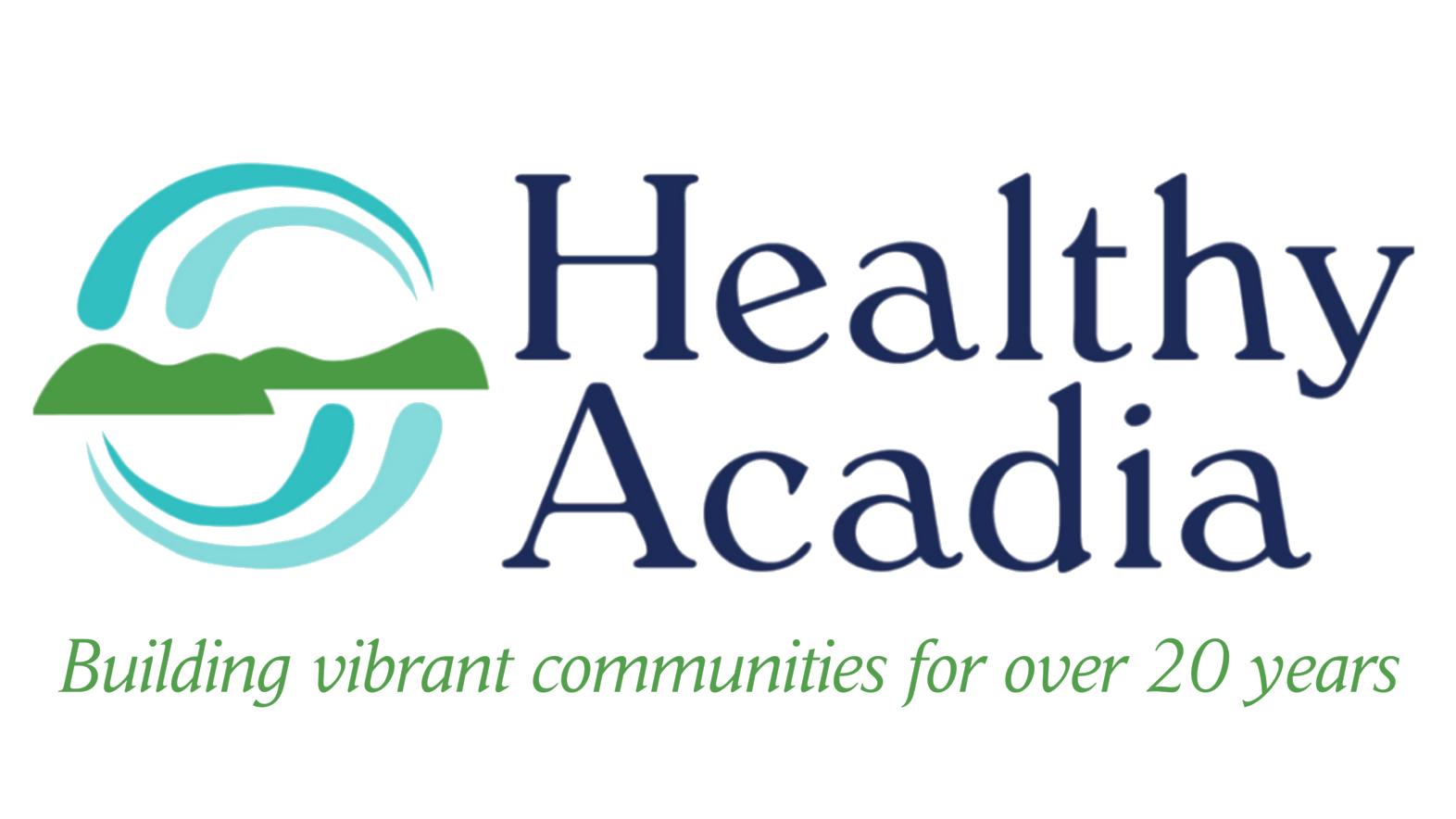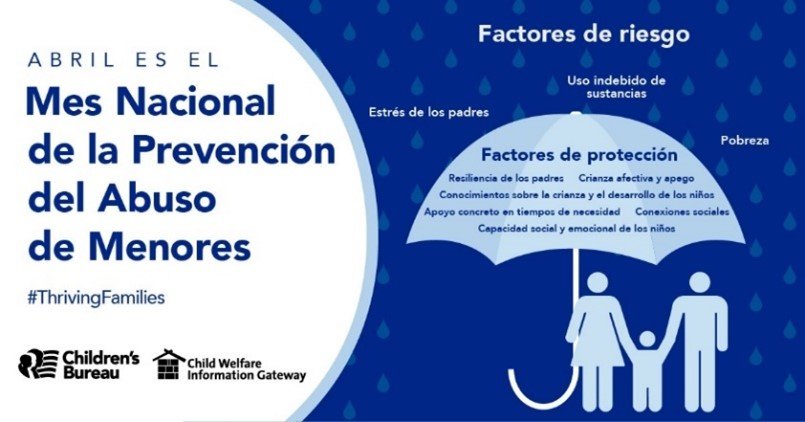Child Abuse Prevention Month
April is National Child Abuse Prevention Month. This initiative is rooted in communities working together to serve children and their families in meaningful, impactful ways that provide families with the support they need, especially during challenging times.
According to the latest national data, an estimated 1,990 children died from abuse and neglect in the United States in federal fiscal year 2022. Approximately 3.1 million children across the country received either an investigation or an alternative response by child protective services, and 558,899 children were found to be victims of child maltreatment.
Child neglect is the most common form of child maltreatment.
The top three reporters of child maltreatment are legal and law enforcement personnel, education personnel, and medical personnel.
The victimization rates for Black or African American and American Indian/Alaska Native children are about twice the rates for Hispanic and White children.
Approximately 1.9 million children received prevention services in 2022. More than half (55 percent) of victims received post-response services.
Fewer than one-quarter (19.6 percent) of confirmed maltreatment victims were removed from their homes because of an investigation or alternative response.
Source: Children’s Bureau. (2024). Child maltreatment 2022. U.S. Department of Health and Human Services, Administration for Children and Families. https://www.acf.hhs.gov/cb/report/child-maltreatment-202
National Child Abuse Prevention Month is more than just raising awareness about the reality of child maltreatment. It's about taking action to reduce it. Each year, community organizations, health providers, and others work to raise awareness about the impact child abuse has on children and society. Providing information about best practices that are known to build parental capacity through protective factors is key to helping families become more resilient.
Protective factors are conditions or attributes that mitigate or eliminate maltreatment risk factors and can increase the health and well-being of children and families. They give parents the tools they need to parent effectively, even under stress. Protective factors include nurturing and attachment, knowledge of parenting and child youth development, parental resilience, social connections, and concrete supports for parents.
Issues such as a family’s neighborhood or income level and other societal factors can make parenting more challenging. By reducing these vulnerabilities through strengths-based approaches that truly support families, we can begin to mitigate child maltreatment risks and improve the outcomes of children, youth, and families.
All children deserve to grow up in safe, supportive environments. For more information and resources, visit Maine Children’s Trust webpage and the National Child Abuse Prevention Month campaign page. Together, we can end child abuse and neglect.
Additional Resources
Child Maltreatment 2022 - Children's Bureau
2023/2024 Prevention Resource Guide - Child Welfare Information Gateway
Prevention - Child Welfare Information Gateway


